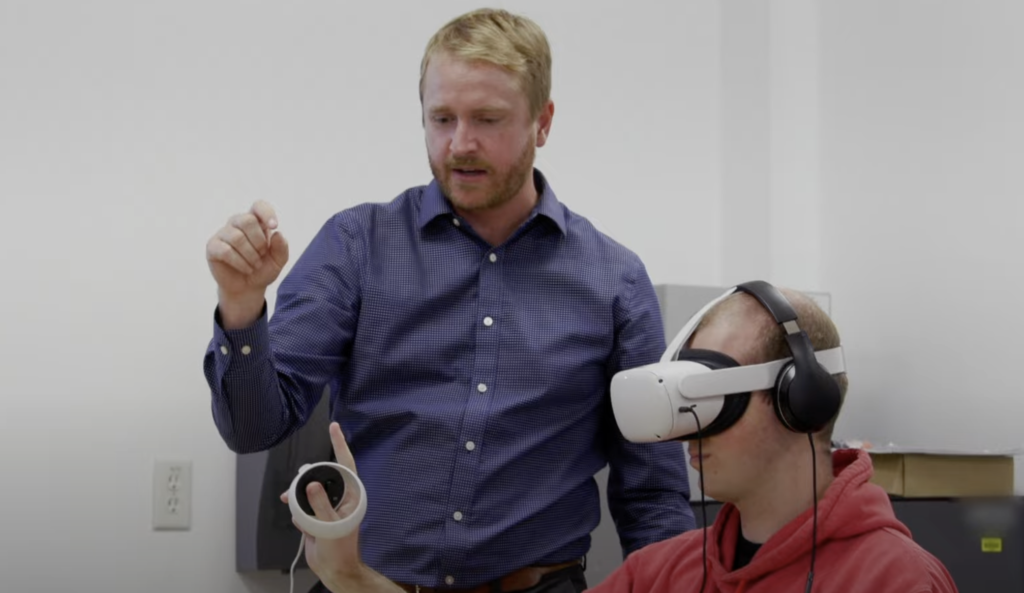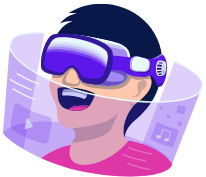Students will learn in an immersive 3D space through a new beta program of Meta’s Quest for Education program. The program aims to provide schools with the Meta Quest VR platform, allowing both students and teachers to experience subjects such as STEM, history and the arts in ways that only VR can accomplish. Workshop – This initiative will enable educators to have special 2D & 3D tools which fuse imagination into interactive learning experiences, thereby providing deeper ideas of hard topics studied in the students life.
Table of Contents
Why VR in Education?
VR is known to engage learners more. Simulations or virtual environments to enable students to interact with the subject(s) they are learning about, allowing for hands-on experience that can facilitate comprehension and increase retention. Examples include a biology lesson that takes students into the body where they can see anatomy in 360 degrees or a history class that recreates critical moments in time to make students feel a presence beyond the textbook.
Program Features and Learning Opportunities
The Quest for Education Beta Program gives teachers tools as well as access to Meta’s broader VR ecosystem which includes various Quest for Education applications that Spotlight different topics related to education. We can allow students to explore complex subjects in an interactive manner, thereby prioritizing curiosity and active learning. Moreover, Meta works closely with teachers to ensure that these tools are aligned with curriculums and that the VR applications are useful in the learning process.
These applications can include participating in lab simulations, experiencing historical recreations, and seeing masterpieces up close to understand artistic techniques, allowing students to actually experience theory. The program exposes learners to new diverse paths of learning based on visual and spatial understanding starting with concepts in subjects that truly lend themselves to these pedagogical practices.
How Does It Benefit Educators?

VR can help teachers develop engaging lesson plans and dynamic experiences that capture student attention easily. Furthermore, Meta’s platform enables teachers to curate VR content delivering organized lesson driven experiences in alignment with specific learning goals. This means that with VR being used in conjunction with traditional teaching methods, teachers can provide students a more comprehensive yet engaging experience when it comes to learning.
Participating in the Beta Program
it will examine how immersive tech could shape the future of learning. The program, by partnering with institutions such as Stanford University and Morehouse College, is offering free VR headsets and learning experiences for students where they can use these facilities immersed in interactive studies. It also fits into Meta’s larger plan to make VR a part of more classrooms, with plans to experiment on a wider range of subject sonic sciences like anatomy, chemistry and history that need less monetize.
In the future, Meta expects to expand this beta program to additional institutions and geographic regions while gathering feedback for refining and scaling VR learning tools. Our vision is to establish a solid platform where teachers are able to quickly make all sorts of VR content and hence create more immersive capable available education opportunities.
Conclusion on Quest for Education
Meta’s Quest for Education Beta Programme is just scratching the surface of what VR can provide for education. With the increasing adoption of Virtual Reality and other digital learning tools by educational institutions, immersive interactive learning is here to stay. Meta envisions using VR to improve the quality of learning, while also leaving a lasting impact on the next generation of students through technology.

